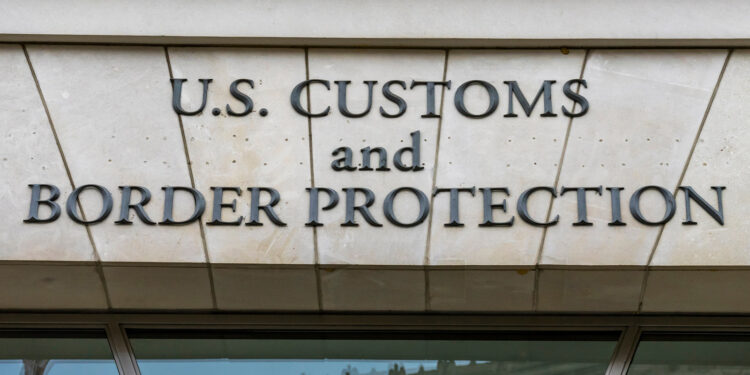U.S. Customs & e-APIS for Private Non-Revenue Made Easy: Part 3 – eAPIS Considerations

This business aviation blog post continues from our article last week entitled “U.S. Customs & e-APIS for Private Non-Revenue Made Easy: Part 3 – e-APIS Considerations.”
eAPIS requirements for Part 91 (private non-revenue) GA differ from APIS mandates applicable to Part 135 (non-scheduled commercial) and Part 121 (scheduled commercial) operations. It’s important to avoid input errors, even small typos, when sending eAPIS transmissions.
The following is an overview of what you need to know:
1. eAPIS vs APIS
eAPIS is for private operations while APIS is for non-scheduled commercial. These are two different reporting systems with unique requirements. eAPIS is html format while APIS used UN/EDIFACT format. It’s important not to confuse the two when submitting eAPIS or APIS. For private non-revenue operators eAPIS revisions are necessary whenever crew or passenger information changes or if there’s a date of time change beyond the approved date of operation. More information on eAPIS can be found on CBP’s site.
2. Errors in eAPIS transmissions
If there’s an eAPIS transmission error – even a simple typo – this may result in a local agent recommending a fine. We’ve seen examples of these fines, and fine requests, and it can take weeks for an operator to determine if they’ve actually been fined.
3. Master crew list requirements
A Master Crew List (MCL) is only needed for non-scheduled commercial operations and these operators must also have Carrier IDs on file with CBP. TSA requires the MCL and keeps a data file on all crew using a particular Carrier ID to ensure that the crew have been vetted. Any changes to crew, or crew information, needs to be current and regularly updated on the MCL.
4. Customs decal requirements
Any operator arriving into the U.S., and using CBP services, must pay a fee for a U.S. customs decal. You can obtain this decal online, by submitting aircraft tail number, manufacturer and year of manufacture. A new decal needs to be obtained annually and it’s valid for the calendar year. Short notice requests are not an issue. As long as you request and pay for the decal online you can immediately present the receipt to CBP to prove payment.
5. Where to clear CBP
On first arrival in the U.S., CIQ is usually cleared at a fixed base operator (FBO) or on the customs ramp. When making your CBP arrival notification, this is the time to ask the agent where clearance will be done. It’s always the responsibility of the pilot in command to know where CIQ will be cleared. If clearance is on the customs ramp, the tower will generally advise you where to go. For FBO clearances you’ll proceed directly to the FBO. There are certain times when you’ll clear CIQ onboard the aircraft – perhaps during a tech stop, where everyone stays onboard, or if the aircraft is going to a hangar. This all depends, however, on the airport. Based upon the number of passengers onboard, and/or size of the aircraft, you may be required to clear at a terminal gate. In this case where a gate is needed, passengers will normally clear CIQ along with scheduled commercial passengers. At Las Vegas (KLAS), for example, a “gate arrival” is required if a GA aircraft has 20 or more passengers onboard. Keep in mind that a gate request must be coordinated separately with the airport authority and not CBP. This requires additional planning as CBP, for example, may be available at the time you want but a gate may not be available, or vice versa.
6. Crew responsibilities upon arrival
Wherever you arrive at the airport – an FBO, customs ramp or terminal gate – it’s important that no passengers depart the aircraft until CBP gives the go-ahead. If any passengers exit prior to CBP giving permission the crew/operator may be fined. These fines may be steep and the operator, potentially, runs the risk of being denied the right to clear CIQ anywhere in the U.S. When passengers are being processed by CIQ it’s recommended that the crew be present, although this is not a requirement.
7. Additional Reading: U.S. customs and APIS for part 91
Note: Links will be updated as articles are published.
Conclusion
CBP clearance procedures and locations vary depending on the particular airport. Best practice is for crews to be aware, in advance, of all procedures, and any unique CBP requirements/ preferences, at the intended airport of arrival.




